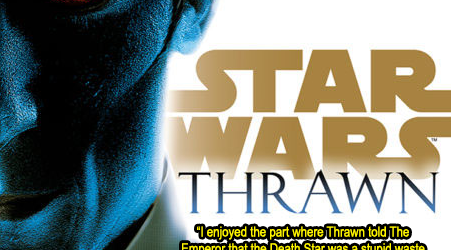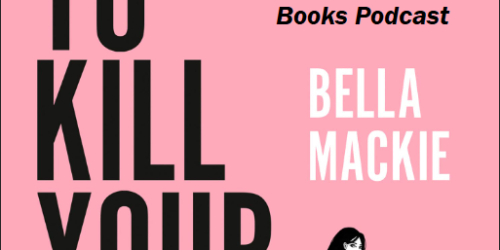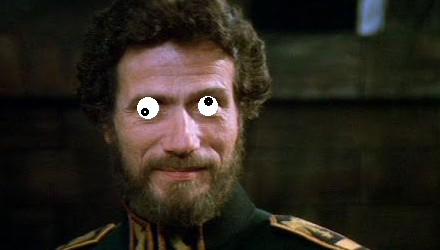Nate Talks: Bridge to Bat City by Ernest Cline (NEW RELEASE)
I thought I was out…

…but he keeps dragging me back in!
Ernest Cline’s best book yet! Also the one that most people will care the least about so that’s kind of a bummer.
For those who don’t know I’m the world’s foremost Ernest Cline scholar (not by choice) second only to my book club partner Ben. I’ve read his godawful poetry, his magnum opus (Ready Player One), and the crappy attempted movie-grab that he crapped out without any thought or energy or creative spark (Ready Player Two). I have also listened at length and in great detail on his failed-but-at-least-he-actually-tried book (Armada) in which he supposedly really, really tried hard and got crapped on by everybody for it.
His books aren’t gold, silver, or even bronze. But also see that up there? In the last paragraph? Where it talks about how Armada was a book he seemingly tried at and received tons of crap for? I’m kind of worried that’s what will happen here.

This book is the least Ernest Cline book he’s written (a positive for so many reasons). It’s the best written book in his collection as well. It at least tries to tell a story with set-up and payoff. Nobody just wins the day off screen like in some of his other books. The characters attempt to forge bonds with one another and get you, the reader, to care about them. There’s some real effort here. Solid effort. Just… tons and tons of effort by at least one person involved in the project. Really solid attempts all around even if it doesn’t quiiiiiiiiiiiite stick the landing.
Okay, praise over. This book still kinda sucks. But it sucks in a way where I think Ernest should at least know that he’s moving in the right direction. He didn’t get me to care about any of the music he references, but at least he tried (not necessarily succeeded) to say why he cares about it. That’s progress from Ready Player One and Two!
I guess what I’m saying is this: if he doesn’t want to hang up the ole writing boots and hobble into the sunset (what with the aforementioned being bad) we should at least tell him to keep trying. Keep improving. No, we shouldn’t praise this book like this wasn’t something that could have just as easily been done by any random no-name writer we picked off the street. We shouldn’t praise it like he hit a homerun and this is the best book we’ve ever read. We shouldn’t praise it as being really anything above baseline competence in several key areas. But we should praise it as being a step in the right direction and maybe after a few more books of this middling quality he’ll finally, FINALLY, be a good enough writer to produce some slightly-above-mediocre content.

RUBRIC
Content/Ideas 11/20
This is a “mostly true story” but then looking at the research… no it’s not. There is a bridge. There are bats. There is a town called Austin in a state named Texas. I think that maybe that’s where the original story dies and the Ernest story begins. Overall the story tries as I said above, but it often fails. It’s got an evil… Limestone corporation? Okay. And they’re evil and bad and want to destroy everything and kill bats for no reason! The main character is a weird weirdo who weirds a lot and gets kidnapped by aliens? The uncle goes on to found Dell and marries someone we see him get 1 scene with? There’s a lot of ideas here. I can see how you could take all these threads and weave a schmaltzy 80s movie out of it… shit is that Ernest’s plan? If it is, it’s a better stab at it than Ready Player Two. Anyway he has all of these threads and he does weave them together but it never quite comes looking like the metaphorical rug. There’s not enough development here to be what I think he wants the book to be.
Organization 11/20
So the first half of this book doesn’t really need to exist right? It’s really weirdly paced. It starts with Opal and her mom in northern Texas (which sounds like hell). Then her mom dies and she’s sad about it for a little bit and goes to live with her uncle on a farm. Then they have to move to Austin and then the story starts going. Because the bats don’t get blown out of their home until Opal and her uncle decide to leave the farm.
I don’t know, again, it seems like you could cut out a bit of the front part of the book that is kind of unnecessary and then develop a lot of these other threads and you can get an 80s movie out of it. Girl lives on a farm, farm runs on tough times because of an evil… limestone and pesticide company. The company forces the family off the farm, so they try to start over in Austin. Girl if weird but falls in love with some bats who coincidentally came to the city at the same time. Girl can talk to bats… for some reason that we won’t explain. Girl starts to form bonds with people with the help of bats, bats learn the value of music, and together the girl, her new bat friends, and her new human friends band together to defeat the evil… limestone and pesticide company. Oh and her uncle gets married. But because we have about 100 pages of “first we’re in northern Texas and then we’re on a farm and THEN we’re in the city” the book doesn’t have time to develop those threads (as noted above).
To say nothing of the repetition which I’ll talk more about in word choice but there are numerous times the book will just repeat the same thing over and over but with slightly different characters or circumstances.
Oh and since this is a kid’s book the answer of “let’s tack on 300 more pages like Ready Player Two” is out the window. I appreciate Ernest’s restraint.
Word Choice 11/20
He has a style in this book. In previous books Ernest’s style was “I am telling you about a thing that happened as if it were a school textbook.” It was a very matter-of-fact bland style of doing things.
This book still has that problem but to a lesser degree. There are places where he definitely tries to maintain some sort of style. There are places where it seems like he is talking to an audience of children. But when I look at (and this is a mean comparison) The Hobbit, Harry Potter, or Haroun and the Sea of Stories… I mean there is no comparison. That last example is the easiest thing I can think of to compare it to. Haroun, despite my misgivings about it, had a style. It had whimsey. It had a charm and childlike wonder was basically oozing out of every page. This book wishes it had that but can’t quite get there.
There’s also a lot of repetition. There’s a point where 2 pairs of bats go out but get mesmerized by music and can’t look for a new home. Then 2 other bats do the same thing but to a different genre. Then 2 more… then 2 more… then 2 more… then 2 more. The wording is not varied enough between each encounter either so it really feels like you’re reading the same exact thing again. It happens again later with “and then they met <insert famous person> and that person began to like bats” or “and at this event the bats at all the mosquitos and other bugs… again… again…” like I get it. Let’s go.
Personal Preference 6/20
Eh. Solid Eh. I don’t hate it. I could see why someone might like it? It’s not at all for me and to be fair I’m not the target audience (as I am not a child). However as a reluctant Ernest Cline scholar I guess I am the target audience after all
Recommendation Strength 8/20
I don’t know who the target audience is age-wise. This is a bit too bland and simple for a 6th grader. I’m going to go with… 2nd grade? Maybe? Even then I just don’t see this doing well. Children’s fiction is hard because you have to walk a line between being simple and understandable while also not talking down to your audience.
In reality I can’t say I recommend this to anyone outside of a very small niche. That niche being Ernest Cline’s fans. Or reluctant scholars like me.
TOTAL SCORE 47/100 (AVERAGE = 55/100)






